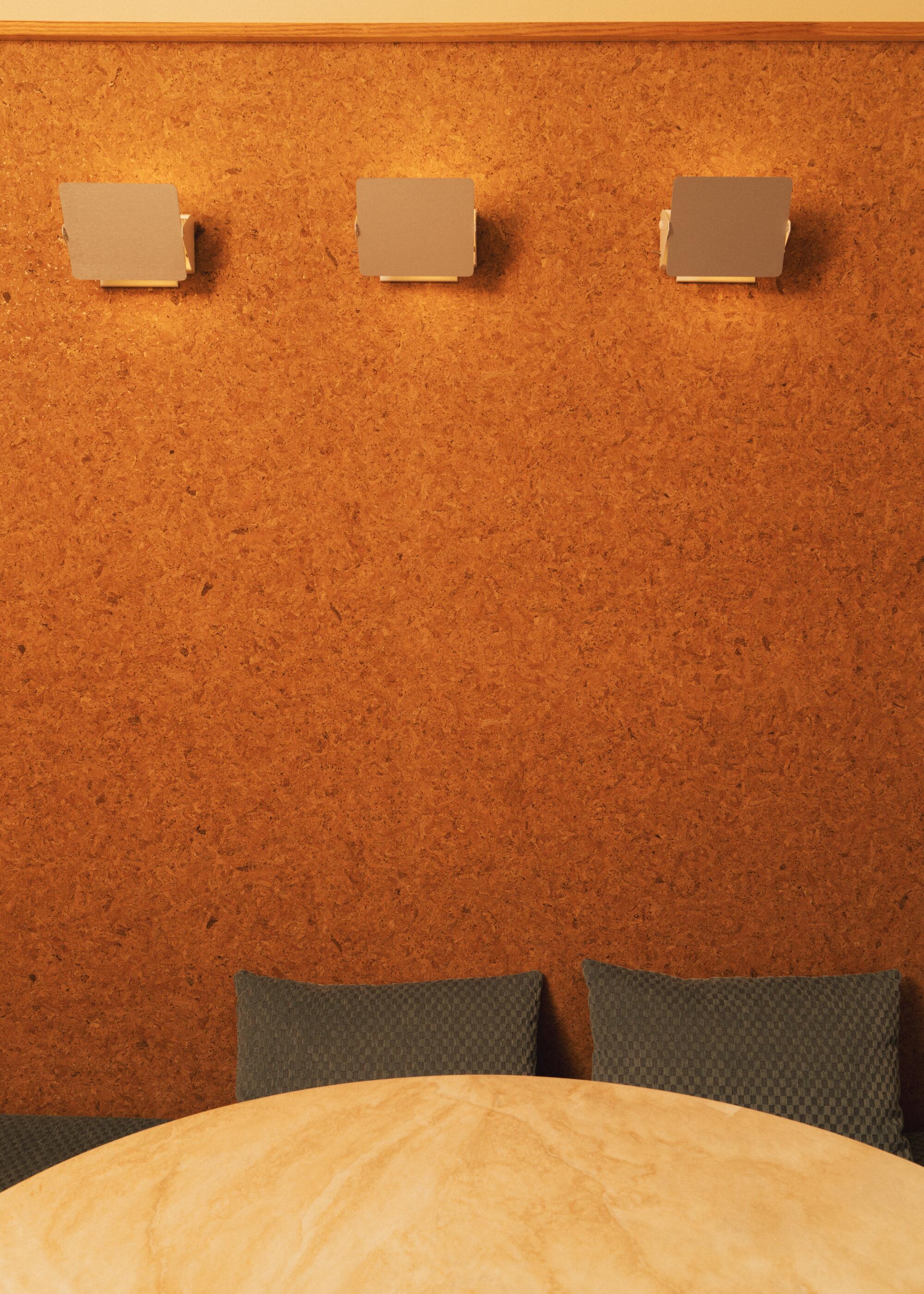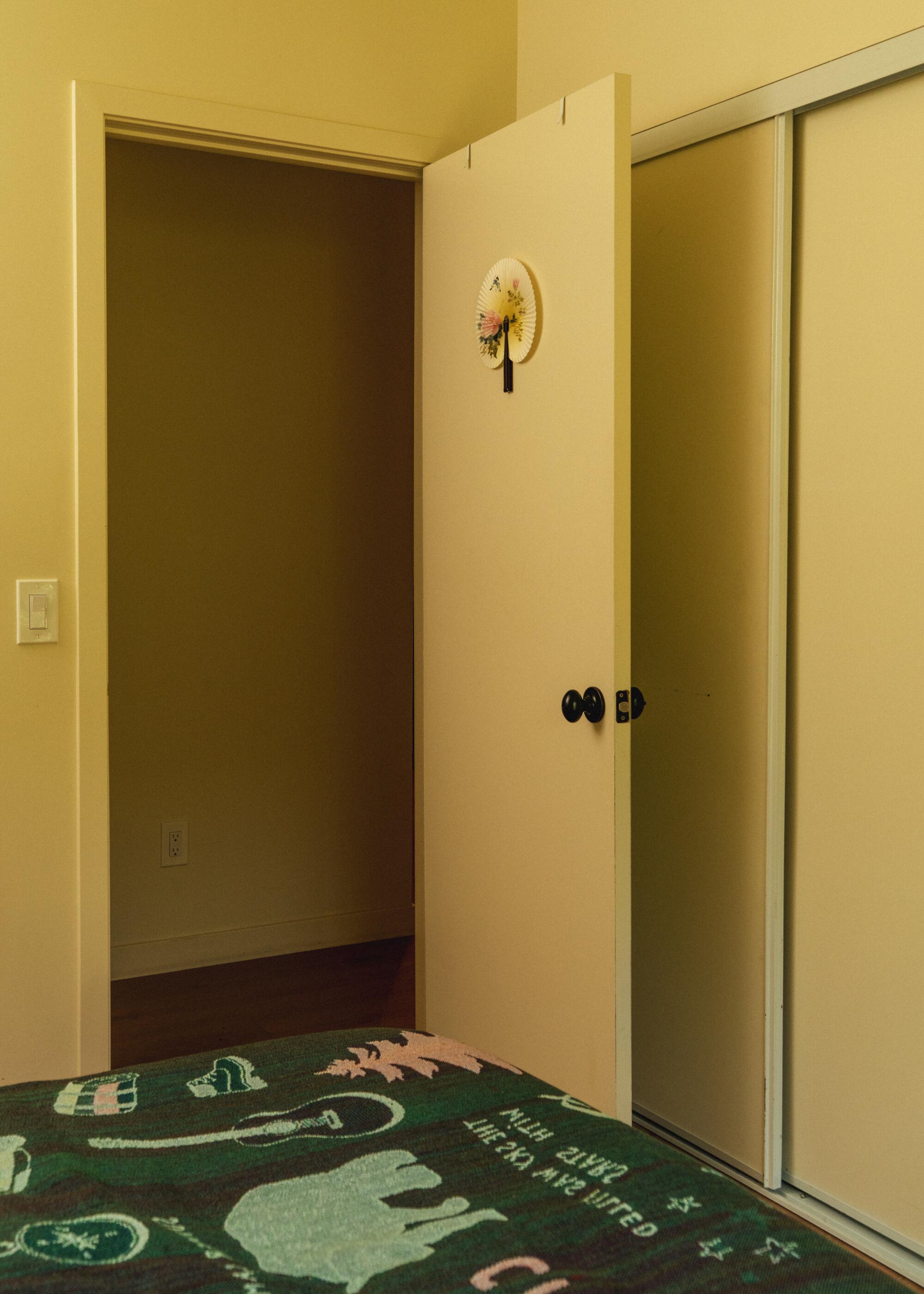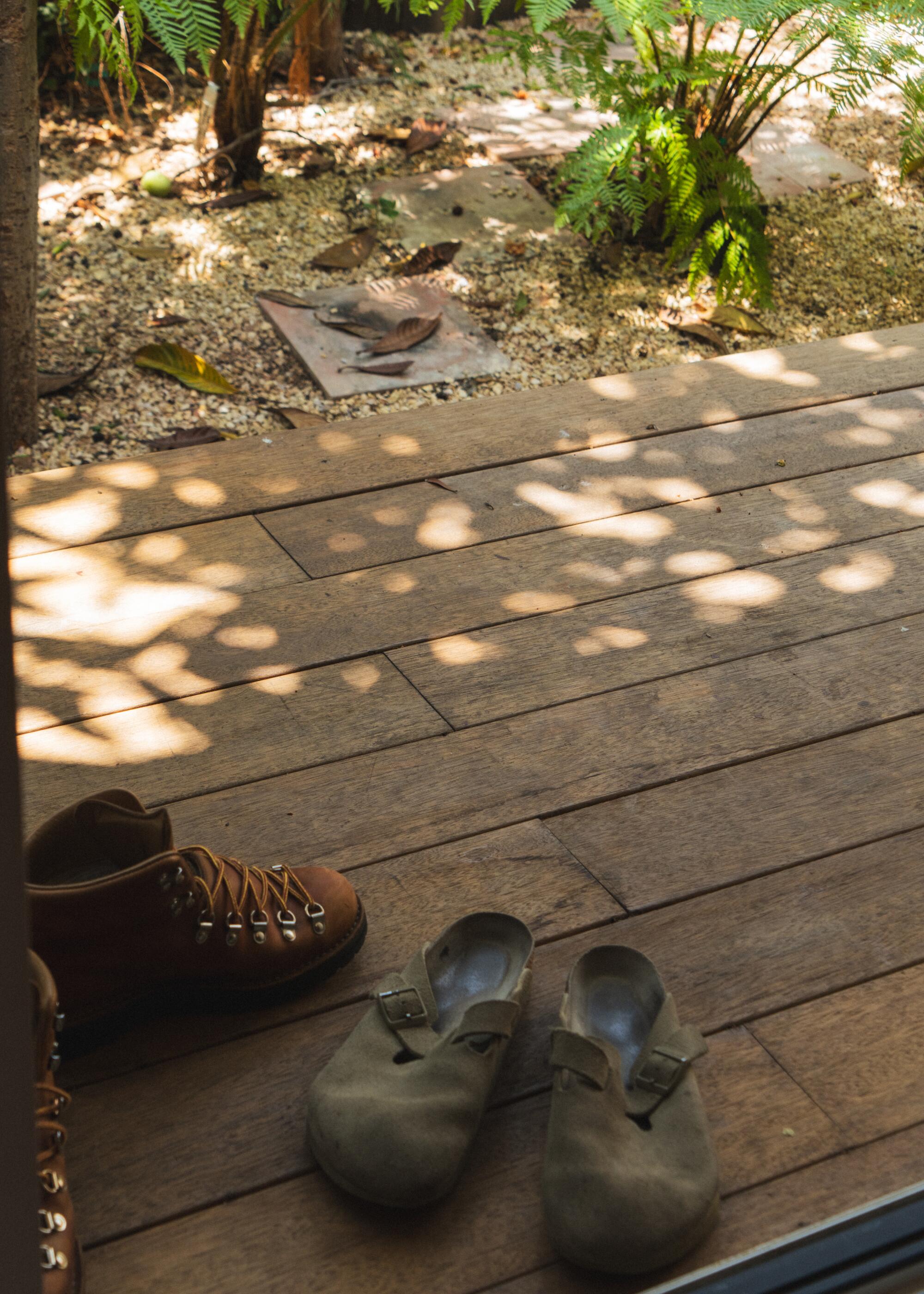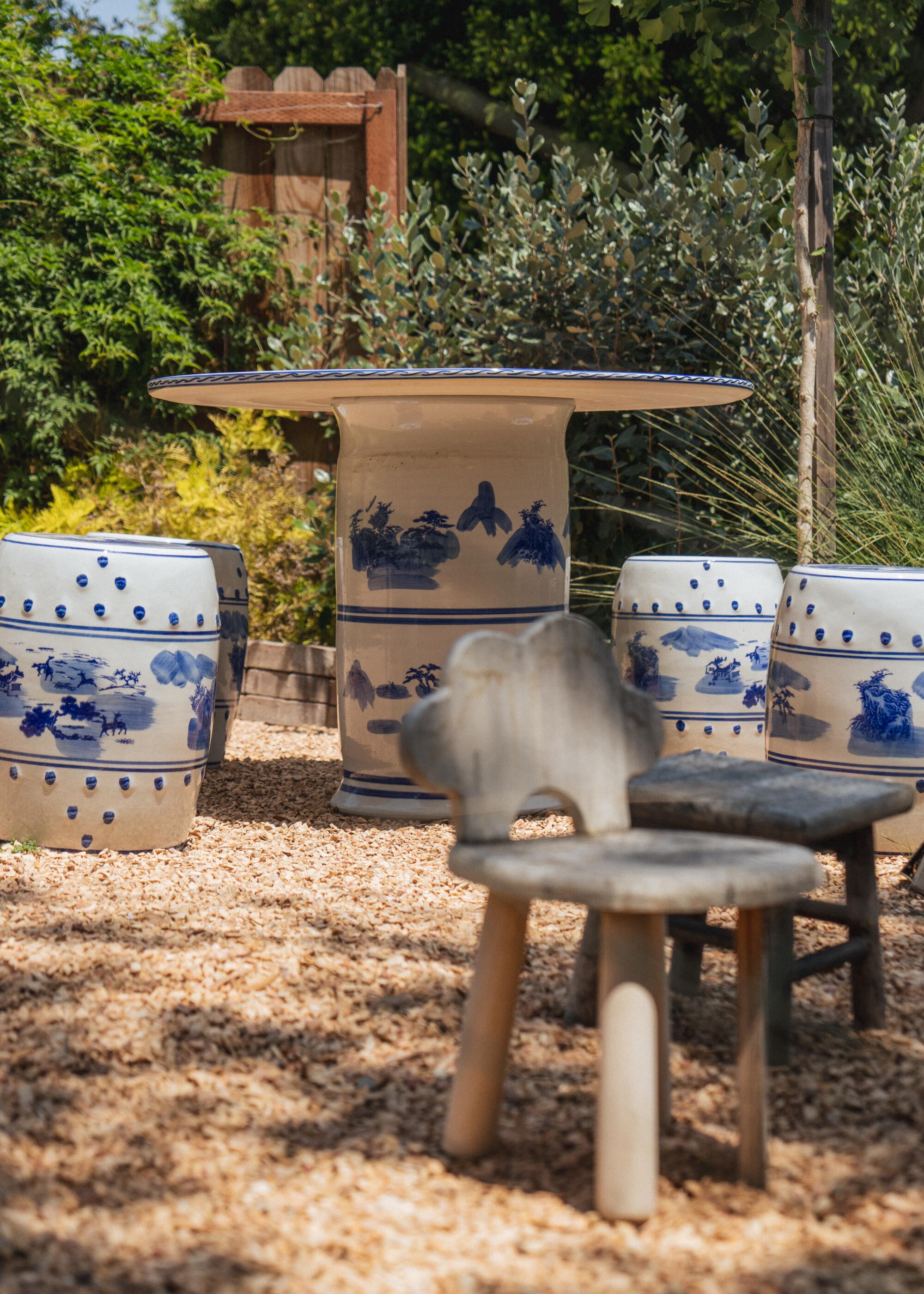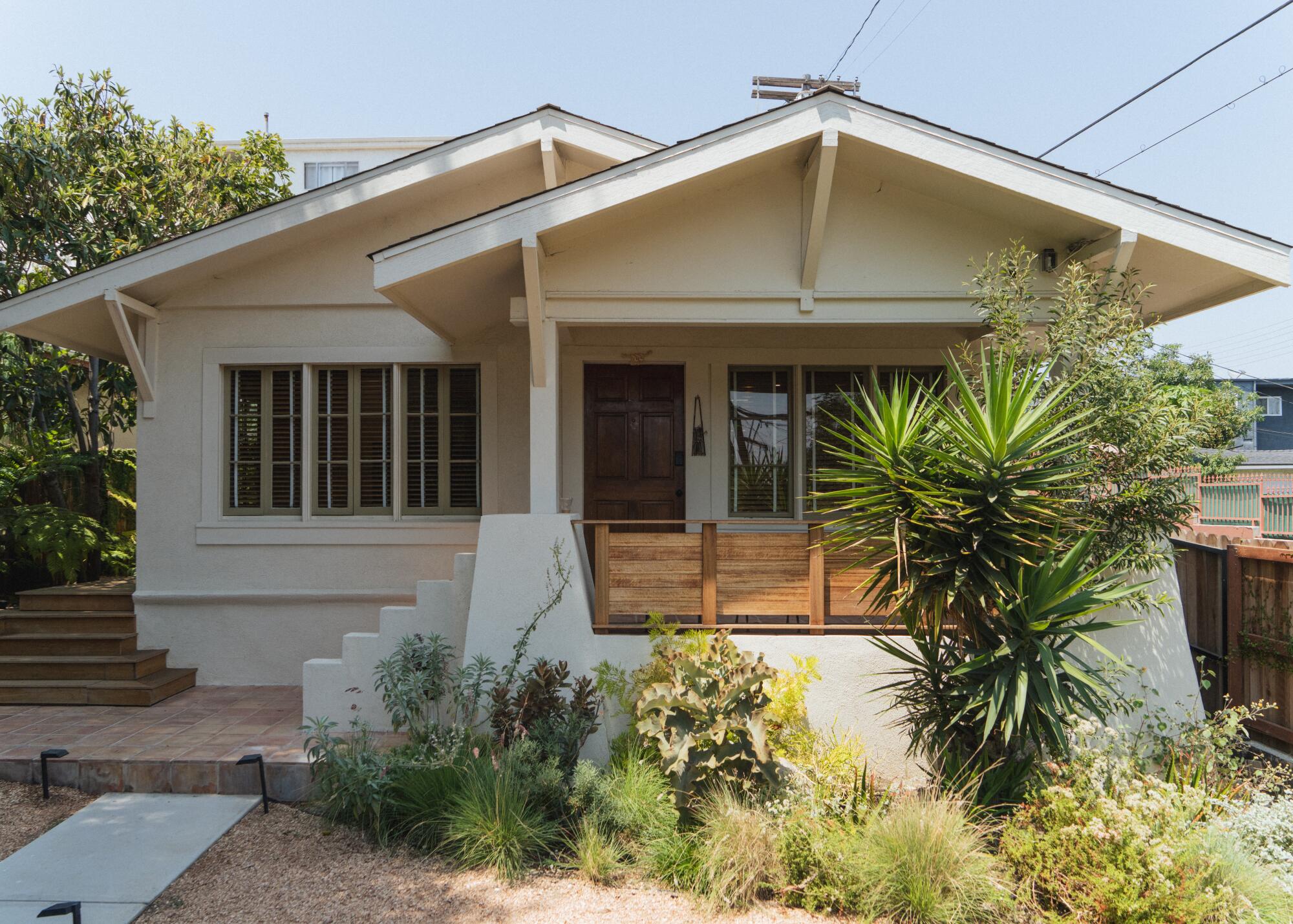Outdoors of Paul Chan’s Silver Lake studio, the push of L.A. turns tranquil as pineapple guava vegetation brush towards a wall within the heat breeze. Chan opens the wood gate and ushers me right into a sanctuary of his creation: a yard flanked by a tall tree, a worn picnic bench and a Chinese language porcelain desk and stools. Within the shadow of the porcelain seats, as if positioned by gnomes, sit 4 kids’s chairs. Every simply the scale of my hand, the mushy wood chairs lie strewn round a stack of bricks. Right here, on this miniature teatime, I can think about that at any second, kids will come working again to play whereas adults snort from the porch.

The Hong Kong-born architect opened the studio, Days of Being, this 12 months, as a spot for guests to lease and artists to have a spot to create and recharge.
There’s a sense of familiarity within the oak floorboards and the slanted daylight inside Chan’s thoughtfully designed house. The Hong Kong-born architect opened the studio, Days of Being, this 12 months, as a spot for guests to lease and artists to have a spot to create and recharge. This fall, he’s additionally launching his first handmade furnishings line, Home Ritual, designed by Chan and constructed by collaborator Jeremy Kim. Collectively the items weave collectively his upbringing, a life in New York and his journey to L.A.
As I walked into the home for the primary time, incense and woodsy aromas crammed the open house. Wanting above, I noticed no ceiling — solely imperfect, uncovered beams holding the roof up. These ethereal, steady buildings are core to his structure: sliding cabinets, curtain-covered doorways, openings peeking into one other place till little is hidden. In his studio’s design, Chan wears his coronary heart on his sleeve.
Once I took on this home, I used to be pondering, how can we spotlight parts of it, from the ceiling to the roof to the joists, as if it had been an artwork piece?

Architect Paul Chan within the kitchen of his studio Days of Being.
The home was in fairly unhealthy form when I discovered it. I see structure as a dwelling factor, and this was like seeing a pet that was not being taken care of. I puzzled, what occurred right here? I noticed that the home had nice bones, beams and trusses, but it surely was simply in disrepair. In a approach, I felt a accountability to revive it and honor its authentic intent, however make it private.
It’s a Twenties Craftsman house, a really L.A.-style house. The Craftsman home was created to say, can we strip a home all the way down to its fundamentals and make one thing stunning for the frequent particular person? Earlier than, with Artwork Nouveau, stunning properties had been solely mansions for the wealthy. The Craftsman was the antithesis. And that spirit is what I wished to faucet into as I reworked this house.
I believe we stay in an period the place, as a society, we attempt to sort out onerous work with AI and effectivity, however I believe that makes me wish to as a substitute discover the soul of one thing and truly take time for that. There’s rather a lot to be stated about handmade issues, which began as a necessity however received changed by quick manufacturing. To return to that’s to ask, how can we make on a regular basis issues clever once more?
Then I assumed, how can I give this to somebody on the thing scale? Handmade furnishings is a solution to give somebody a style of the clever, to offer them a spot to curate their objects and their historical past inside each bit. In Asian tradition, there are many shrines in properties, ancestral shrines with footage of grandmas and candles. However as a substitute, we will create shrines to what we love with our objects. Every of us has our personal trinkets that we accumulate through the years. I need a spot for individuals to place that on show.
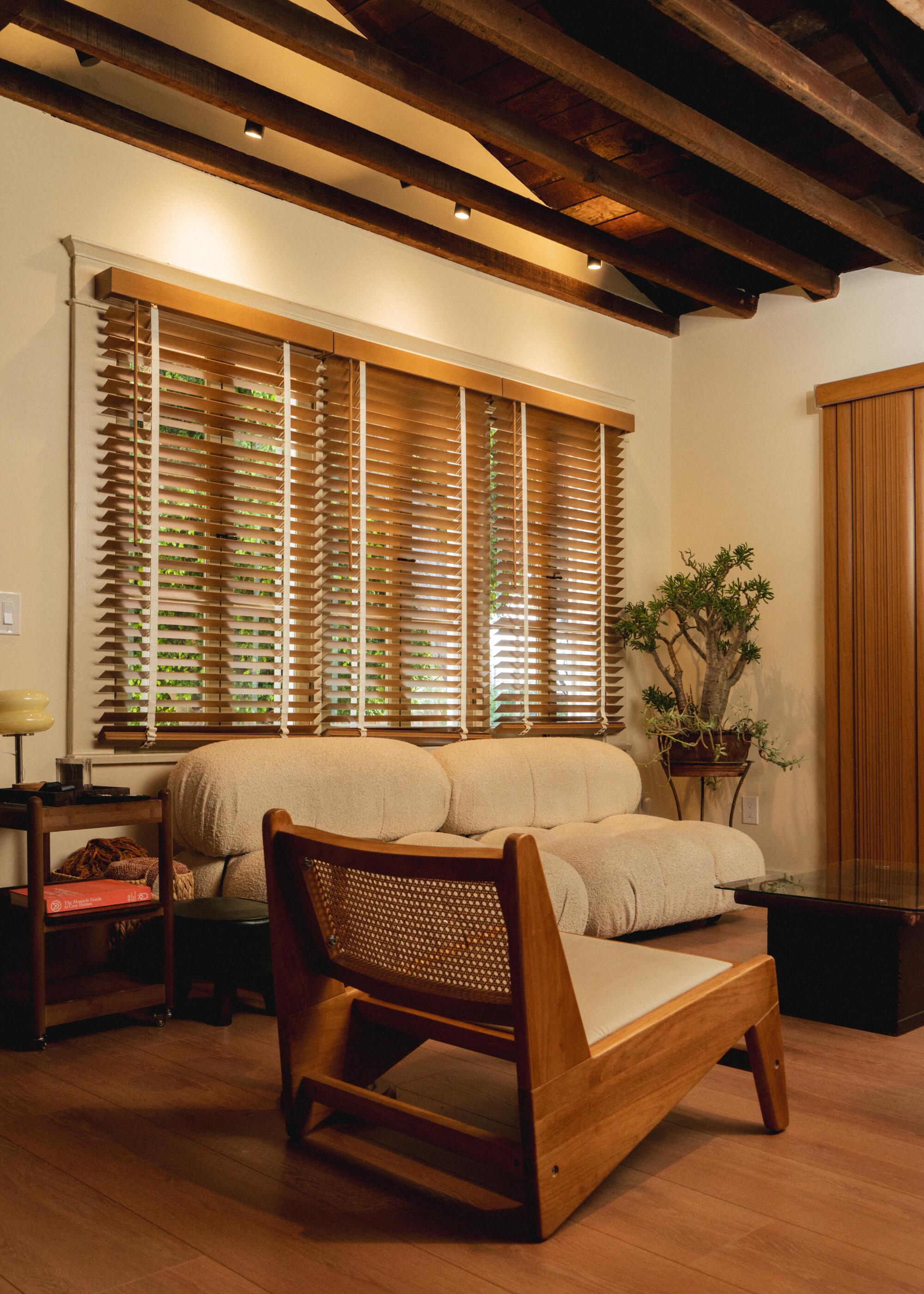
In the lounge of the Silverlake studio, Chan goals to create a spot of consolation and dialog.
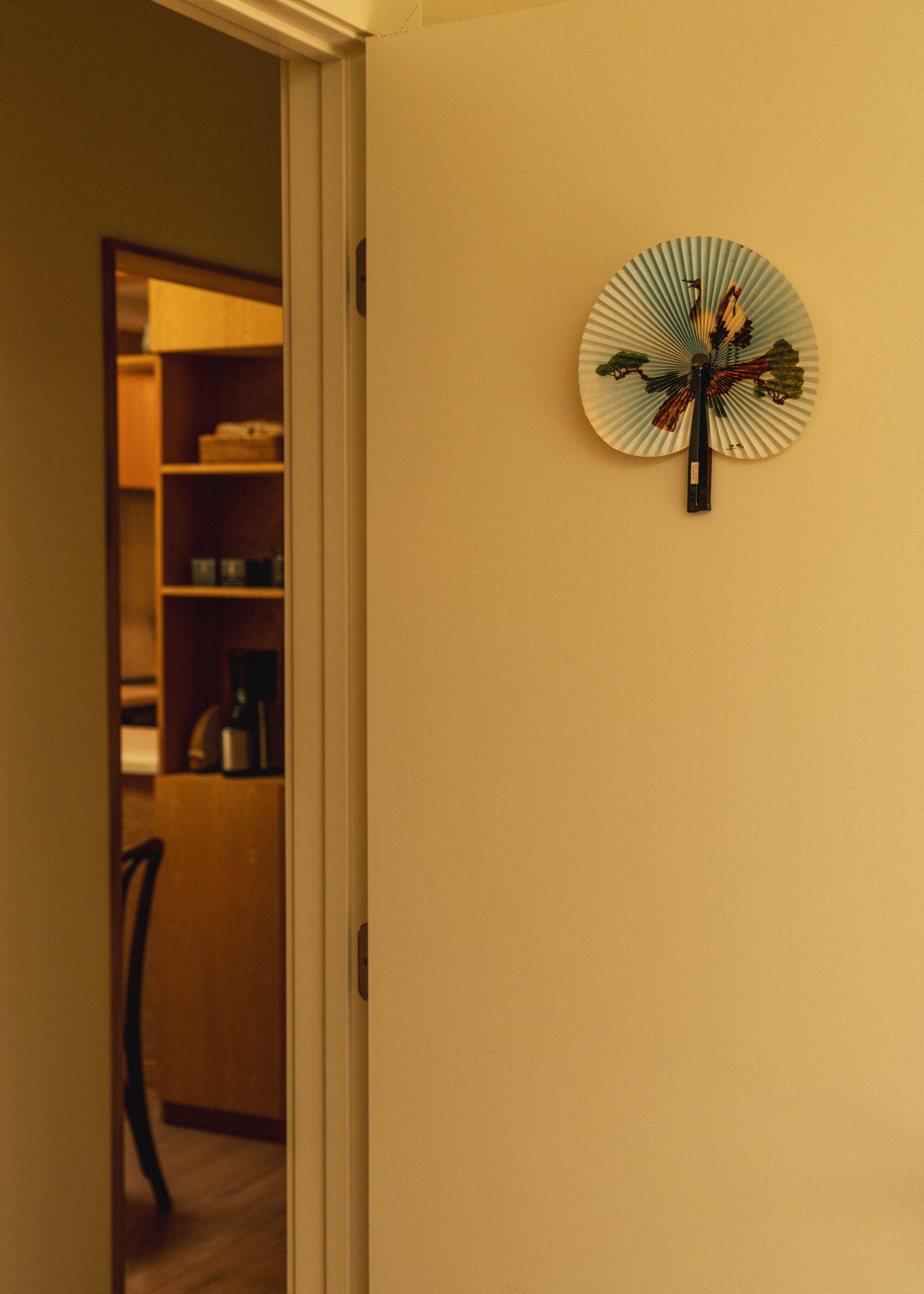
Wong Kar Wai is a giant inspiration in how I approached this house. He would make issues up in his movies as he would go. There’s improvisation. The cadence of that, I like. His movies aren’t attempting to say something. It’s only a second that occurred, and he captured it in a really clever, stunning approach. A part of what I resonate with is the repetition of small gestures.
In “Within the Temper for Love,” there’s a relationship between the characters performed by Tony Leung and Maggie Cheung. They might each be going to get meals and cross one another within the staircase. This was a repeated narrative of the enclosed house forcing them to cross one another by.
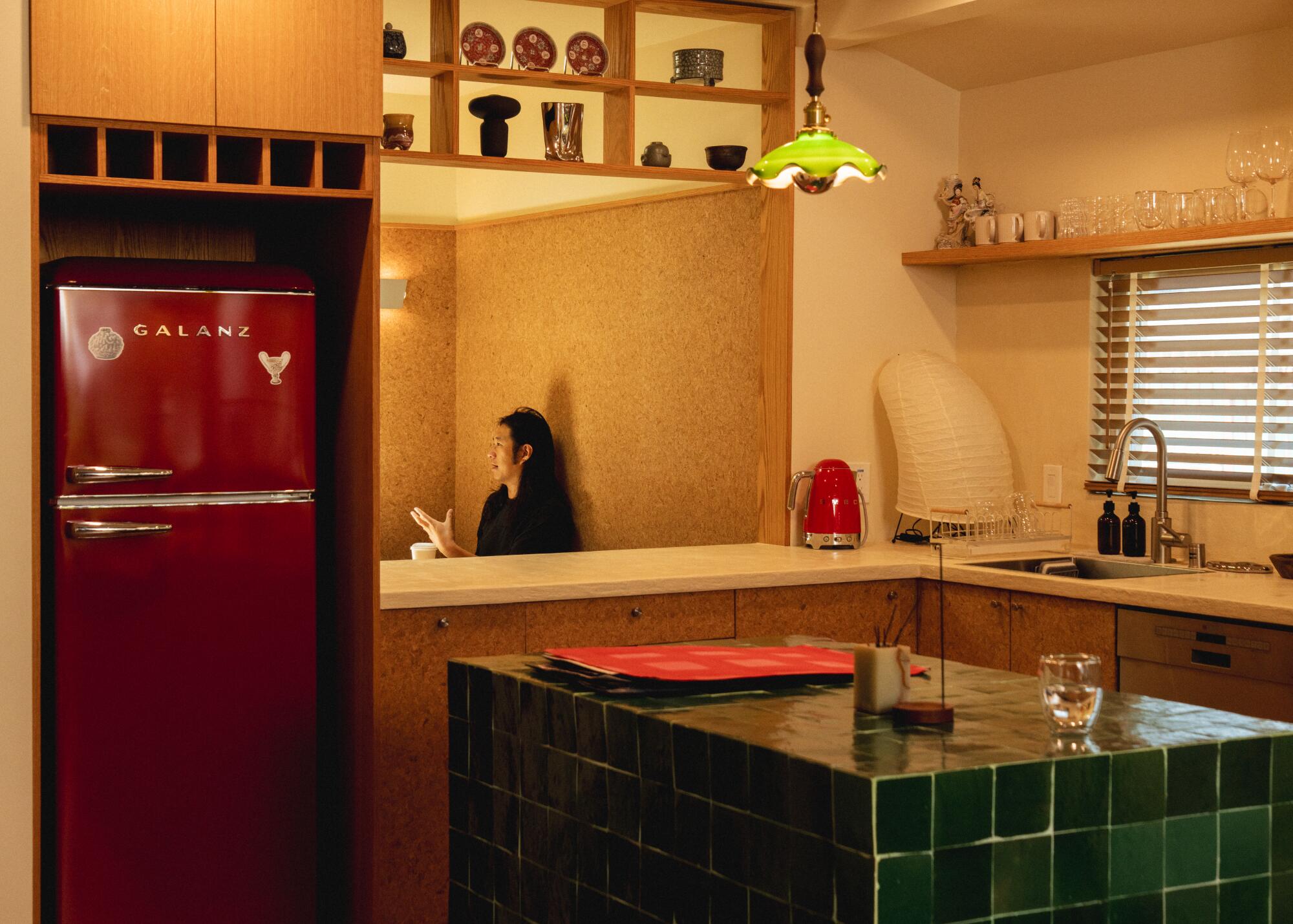
Wong Kar Wai is a giant inspiration in how Chan approached this house.
As an architect, that received me actually fascinated by, how do individuals make their espresso on a regular basis? What’s the routine of somebody on this house? Somebody will get up, goes to the toilet, brushes their tooth, makes espresso, and all of these issues I take into consideration as I strategy a design. Life is an accumulation of those small moments. How will we work together with one another due to the house we’re in? I wish to create an area that makes you’re feeling like that is your sanctuary.
I virtually see the function of an architect as a sort of director: behind the scenes, establishing the units and permitting life to unfold inside these areas.
I additionally consider it as a dialog. I’m talking, after I’m designing this, to the unique architect. As I construct, I’m having a dialog with the architect 100 years earlier than me. I perceive his choices and why he did issues a sure approach. I get to return in and construct off of his selections. Think about, 100 years later, another person will construct off of me. I depart this sentence right here for the following particular person to finish.
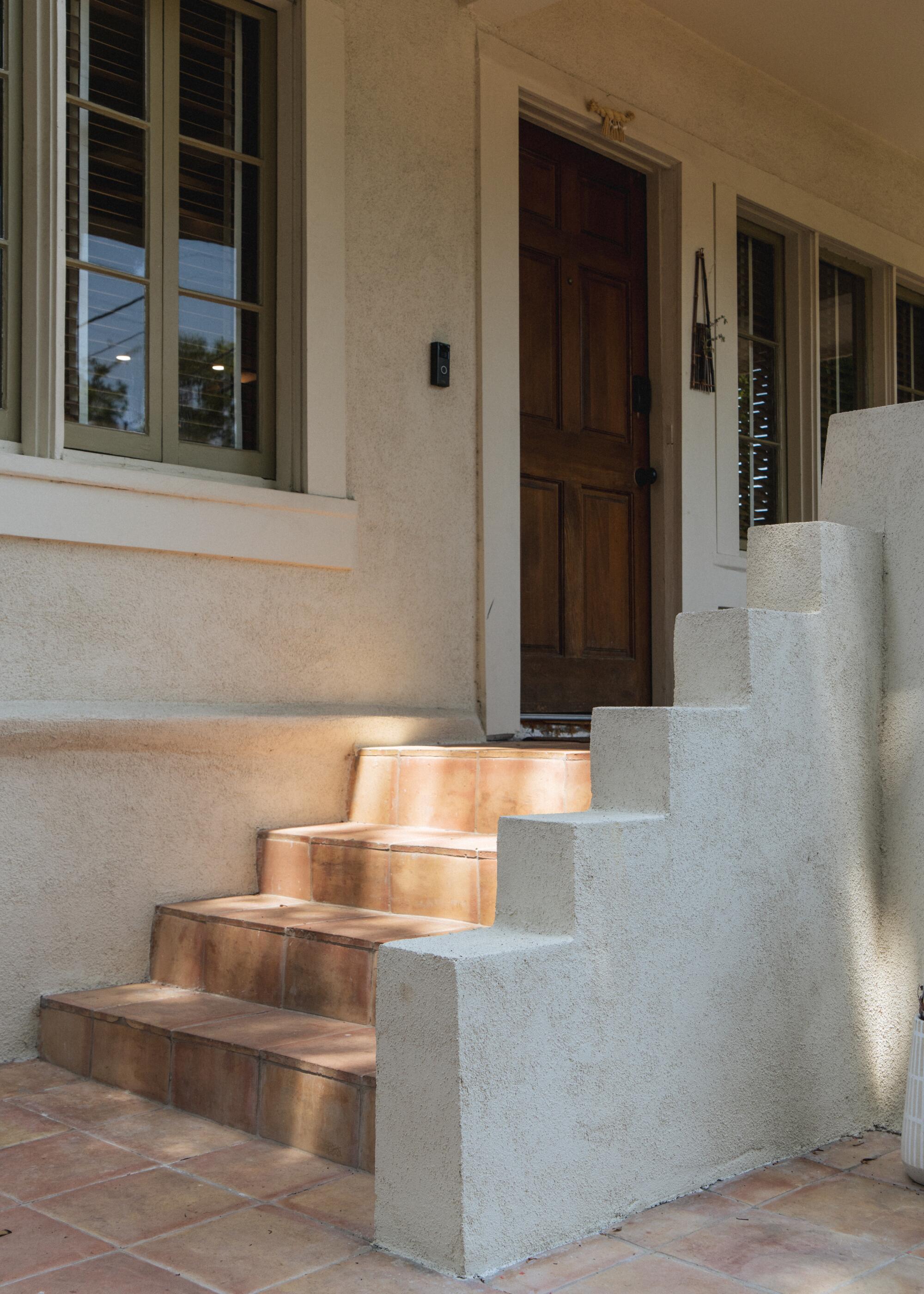



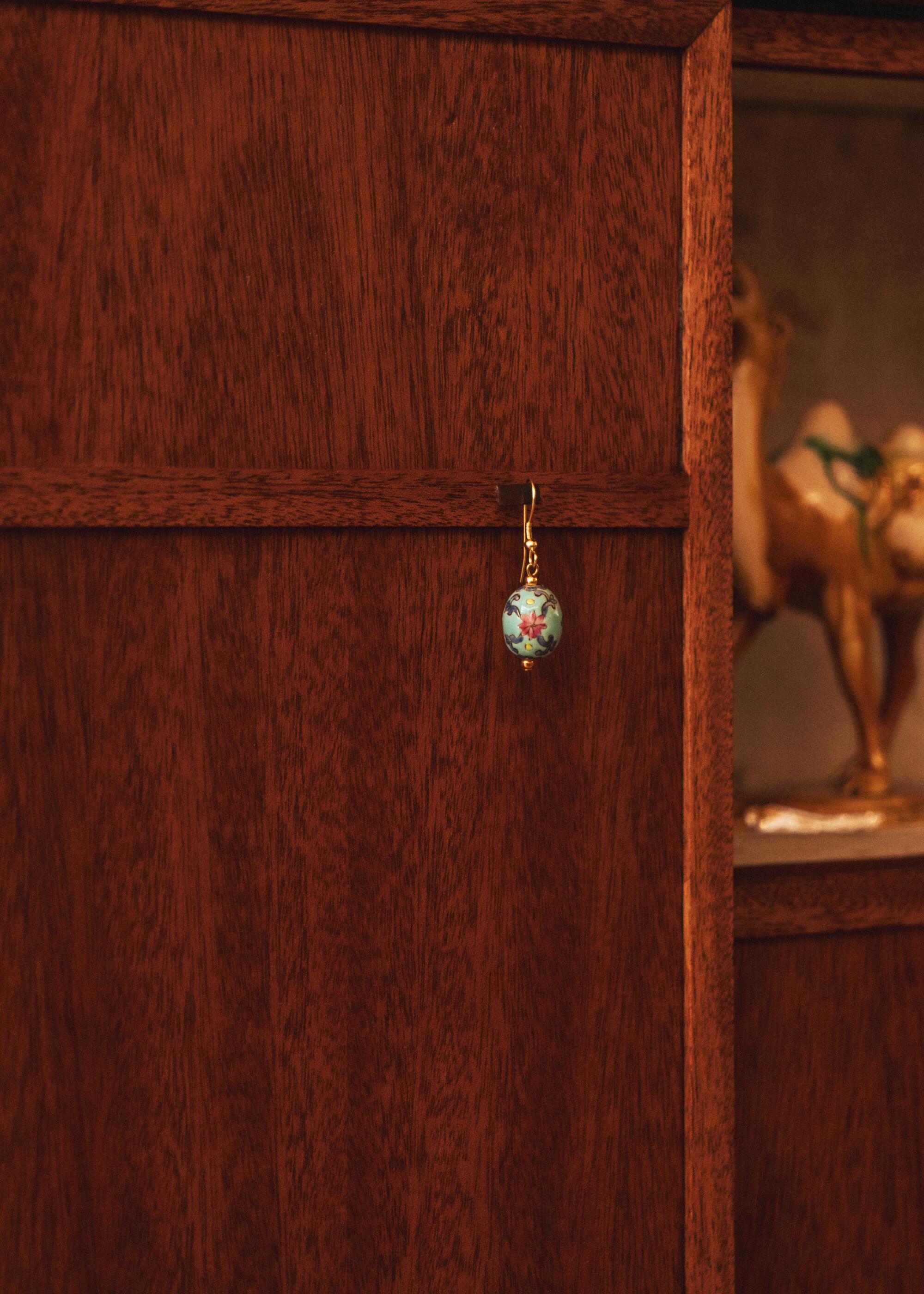

Jeremy Kim collaborated with Paul Chan in his first handmade furnishings line, Home Ritual.

